Questions raised over diesel and petrol price discrepancies
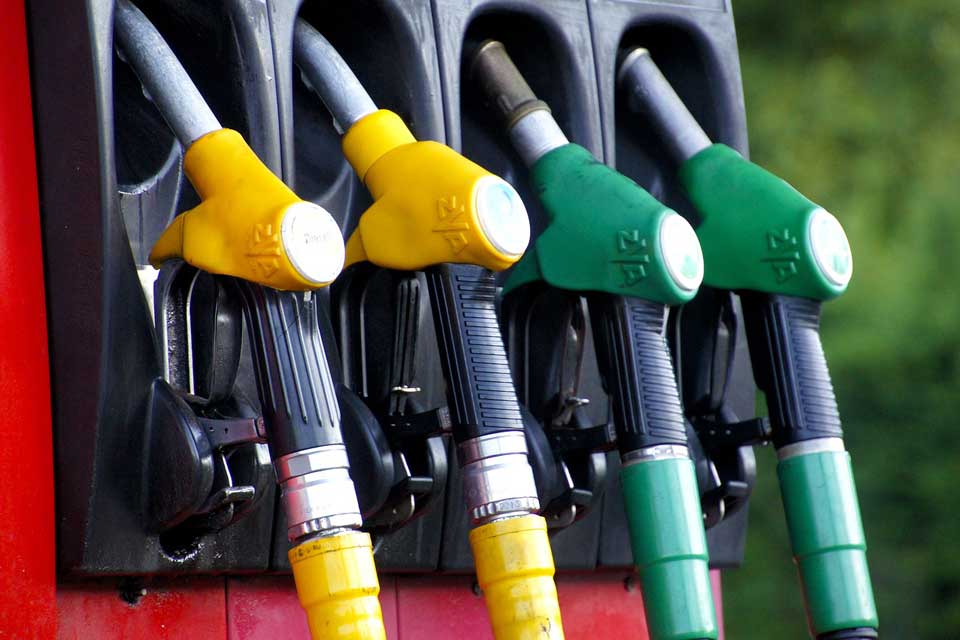
Drivers are having to fork out 20p per litre more for diesel than petrol despite there being little difference between the two fuels on the wholesale market, RAC Fuel Watch pricing analysis shows. The wholesale price of diesel was just 6p more than petrol last week (121.06p compared to 115.48p), leaving drivers of diesel vehicles […]
UK told to brace for Easter bank holiday traffic hotspots

The RAC says drivers are collectively planning an estimated 21.46m leisure journeys by car this coming weekend, the highest number for an Easter bank holiday since the the organisation first started tracking motorists’ plans in 2014. Good Friday – the first bank holiday since the start of the year – looks set to be the […]
Christmas 2021 traffic set to be busiest for five years

This Christmas could see the busiest getaway on the roads in five years, with an estimated 27m trips by car to see friends and family between today and Christmas Eve, a study by the RAC and INRIX shows. With many schools in England and Wales breaking up today, the RAC’s figures suggest there will be an […]
RAC forecasts ‘unprecedented summer’ on the UK roads as staycation fever hits
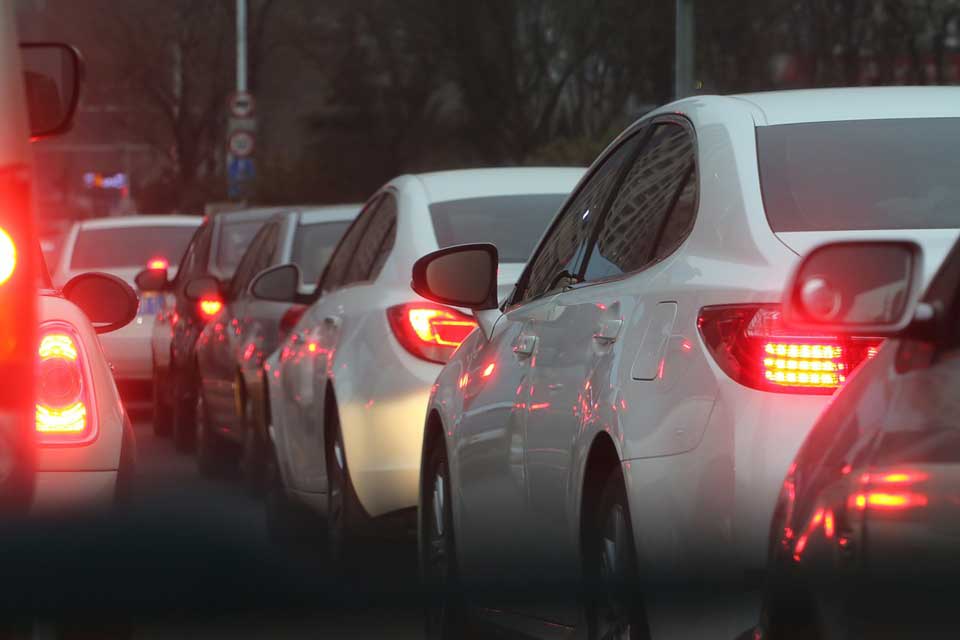
This summer will see ‘unprecedented’ levels of traffic on UK roads due to drivers planning in excess of an estimated 29m staycations – 16m of these in the school holidays alone – according to a study of 2,500 drivers conducted by RAC Breakdown. The number of drivers making firm staycation bookings has surged 20% since April, […]
RAC issues warning over catalytic converter thefts
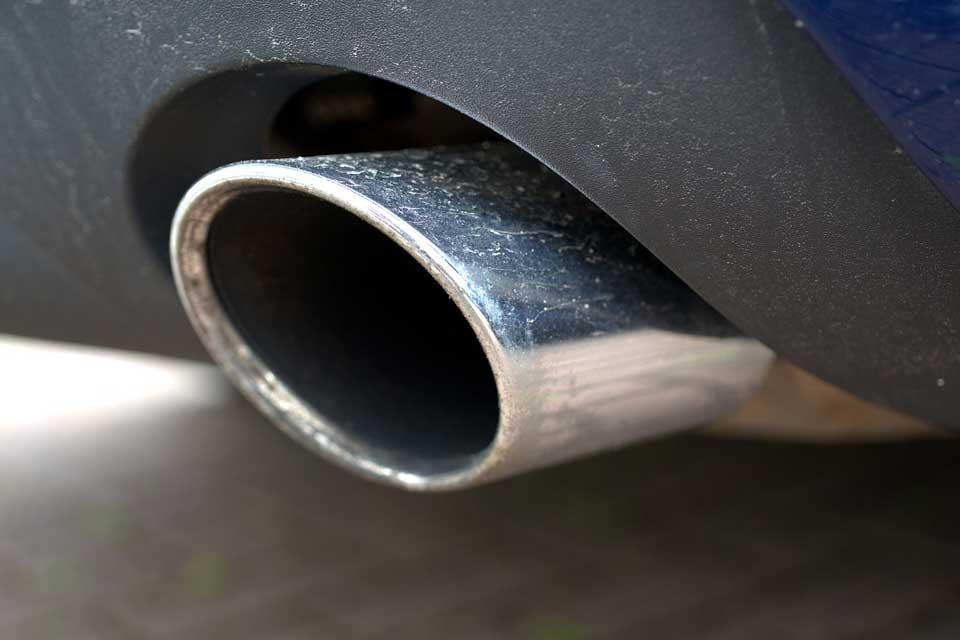
Criminals have been targeting cars parked during lockdown to fuel the illegal trade of precious metals, according to the RAC and insurer Ageas. Ageas says it has seen a marked rise in theft of catalytic converters since the start of the first lockdown just over a year ago, with this type of crime now accounting for […]
RAC: We’re more dependent on the car than a year ago

35% of UK drivers – equivalent of 14.7m people – say they are more dependent on using their car than 12 months ago, with public transport seen as an expensive and unreliable alternative. That’s according to data released as part of the latest RAC Report on Motoring, which show a further rise in the proportion of […]
Get the complete picture with RAC Advanced Telematics
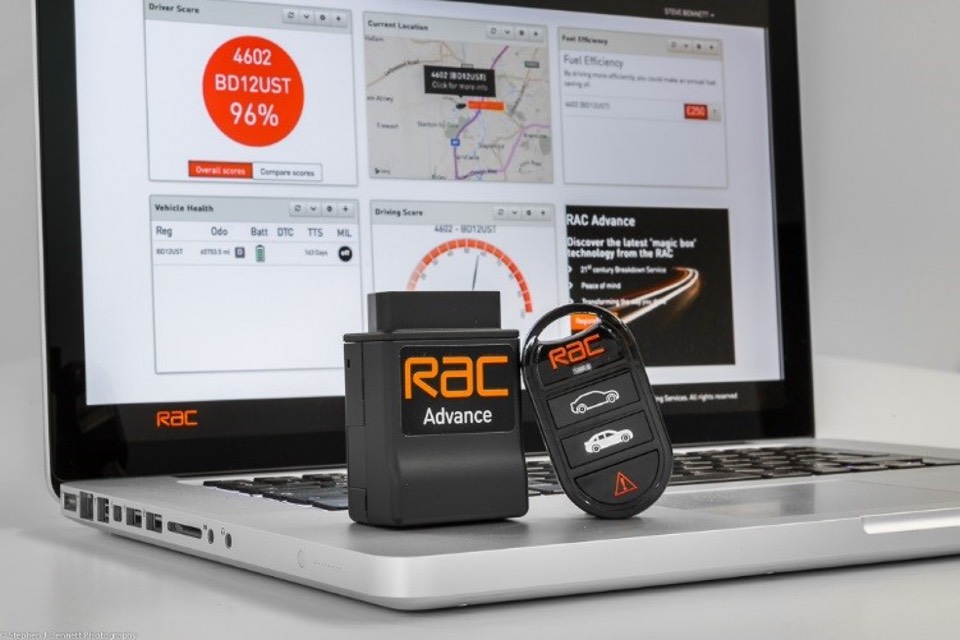
It goes without saying that one of the biggest assets for a company is its fleet, keeping your business on the move day-in day-out. But while you trust your colleagues to adhere to all the rules and regulations governing commercial vehicles, how can you measure and improve driver behaviour? At RAC this is something we […]
RAC Connected offers fleets proactive service and early intervention to prevent breakdown
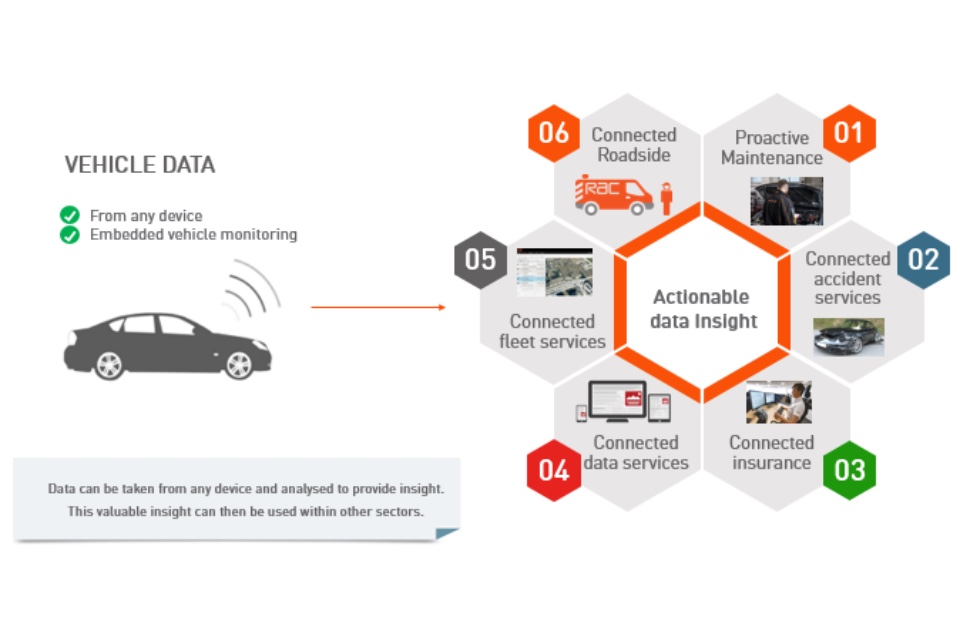
Unplanned downtime and vehicles off the road due to preventable breakdown issues, could be a thing of the past for fleets. RAC Connected now offers a proactive service to prevent small issues becoming roadside breakdowns, thanks to RAC telematics units at the heart of a more advanced diagnostic system. The unit, developed by the RAC, […]
RAC Advance, now with integrated dashcam
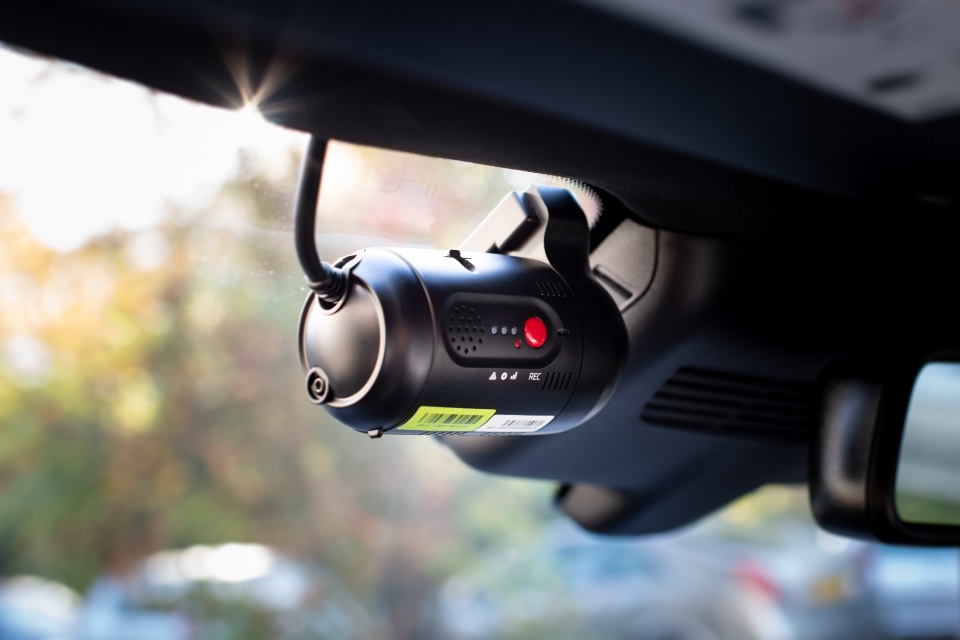
By RAC RAC Advance combines market-leading technology with a level of service that provides complete peace of mind for the driver and fleet manager. The telematics unit includes patented crash detection technology, tested by the Transport Research Laboratory, giving a 92% accuracy result, eliminating false positives even at low speed. By monitoring both acceleration and […]


